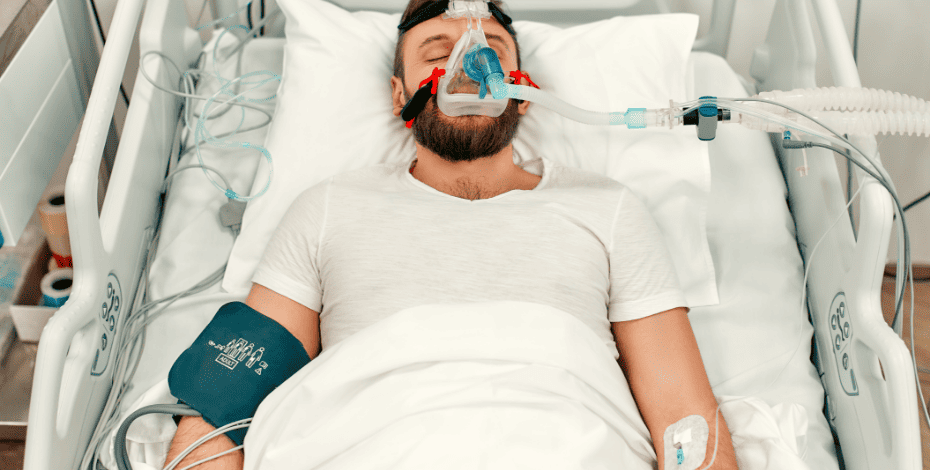
Non-invasive ventilation after thoracic procedures

A group of academic physiotherapists in Brazil and Belgium reviewed the published literature to identify evidence about the effects of prophylactic non-invasive ventilation support in people who have undergone thoracic surgical procedures. One of the researchers, Adriana Lunardi, agreed to answer some questions.
What question did this review aim to address?
Equipment that generates positive airway pressure is used to increase pulmonary ventilation in situations where the patient is unable to satisfactorily do so on their own.
Among other clinical situations, thoracic procedures generally cause decreased pulmonary ventilation due to pain at the incision or chest tube site and decreased respiratory muscle activity induced by medication, global hypoactivity and the removal of part of the lung parenchyma.
It is not uncommon for physiotherapists to consider using positive pressure—otherwise known as non-invasive ventilation or NIV—in these patients, even as a prophylactic measure.
However, some professionals are still concerned that positive pressure has significant adverse effects.
Our objective was to investigate the benefits of this intervention compared to others and to verify whether NIV has more adverse effects than other interventions.
What types of non-invasive ventilation did you consider in this review and why?
We considered continuous positive airway pressure (CPAP), which involves maintaining the same level of pressure during inspiration and expiration.
We also looked at bi-level positive airway pressure (BIPAP), involving the application of two levels of positive pressure to the airways, ie, a higher level of pressure during inspiration and a lower level during expiration.
We examined CPAP and BIPAP because they are the most commonly available in hospitals.
How many relevant studies did you find in the available literature?
We found 16 studies—with a combined 1814 patients—to answer the questions of this systematic review.
Despite the strong methodological quality of the trials included in the review, the certainty of the evidence ranged from low to moderate.
Did NIV prevent postoperative pulmonary complications?
Yes, the results showed that prophylactic NIV reduces the risk of postoperative complications with moderate certainty.
It’s important to note that this strong reduction (–13 per cent) in the risk of complications was observed in the compilation of studies that used CPAP compared to usual care.
The use of BIPAP is still uncertain for this outcome.
Did that benefit flow on to reduce the length of hospital stay?
Yes, the use of NIV also reduces the length of hospital stay by 1.4 days compared to usual care. Again, this effect was observed in the studies that used CPAP, not BIPAP.
What about the other outcomes considered by the review?
We also assessed the difference in the risk that mechanical ventilation would be required as well as the likelihood of death.
We found no benefit from prophylactic use of NIV compared with usual care.
However, the risk of adverse events (such as aerophagia and pleural fistula) occurring with the use of positive pressure was not greater than with usual care.
This shows that in addition to being beneficial, NIV is safe for patients undergoing thoracic procedures.
Where does future research in this area need to focus?
All the benefits of NIV found in this review still have low to moderate certainty due to methodological weaknesses of the included studies.
In order to improve the quality of evidence, future clinical trials in this research area need to be designed carefully.
Additionally, NIV requires equipment that is not cheap so it would be important for researchers to carry out economic evaluations.
Strategies to implement the use of NIV in clinical practice with this specific group of patients would be beneficial.
>>Adriana Lunardi is a professor and clinical researcher at the Universidade Cidade de São Paulo. She is the director of the Brazilian Association of Respiratory, Cardiovascular and Intensive Care Physiotherapy in São Paulo, Brazil and the coordinator of the Technical Board in Respiratory Physiotherapy of the State Council of São Paulo.
© Copyright 2024 by Australian Physiotherapy Association. All rights reserved.





